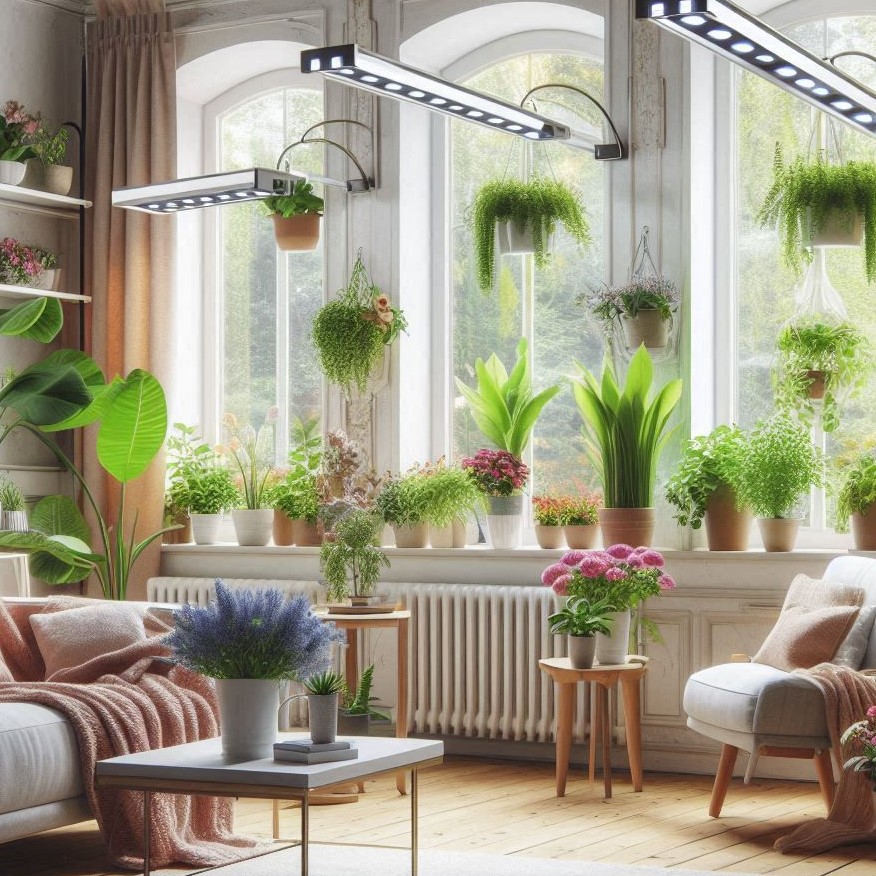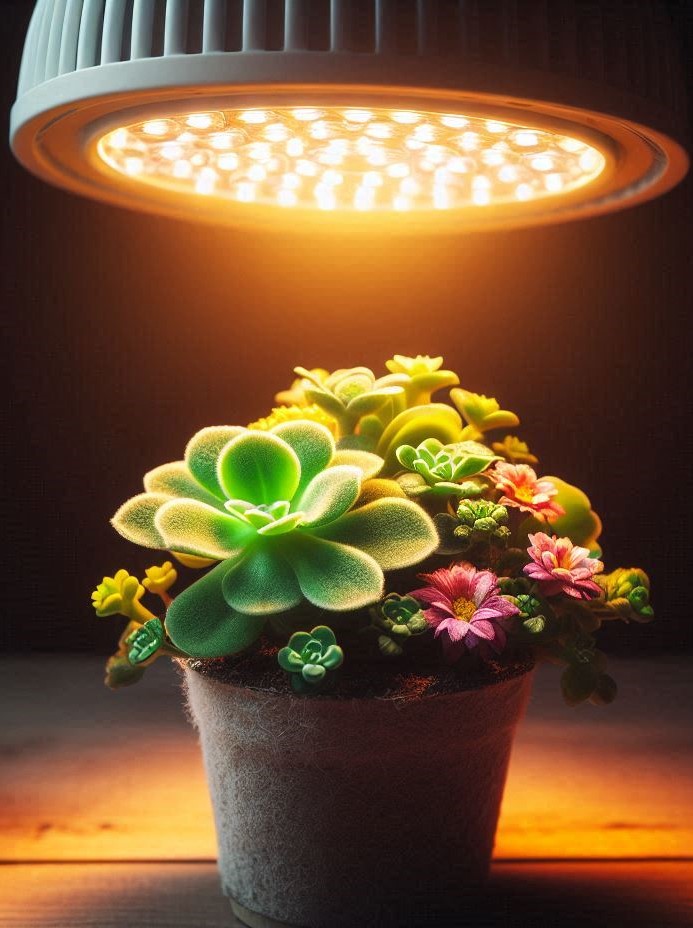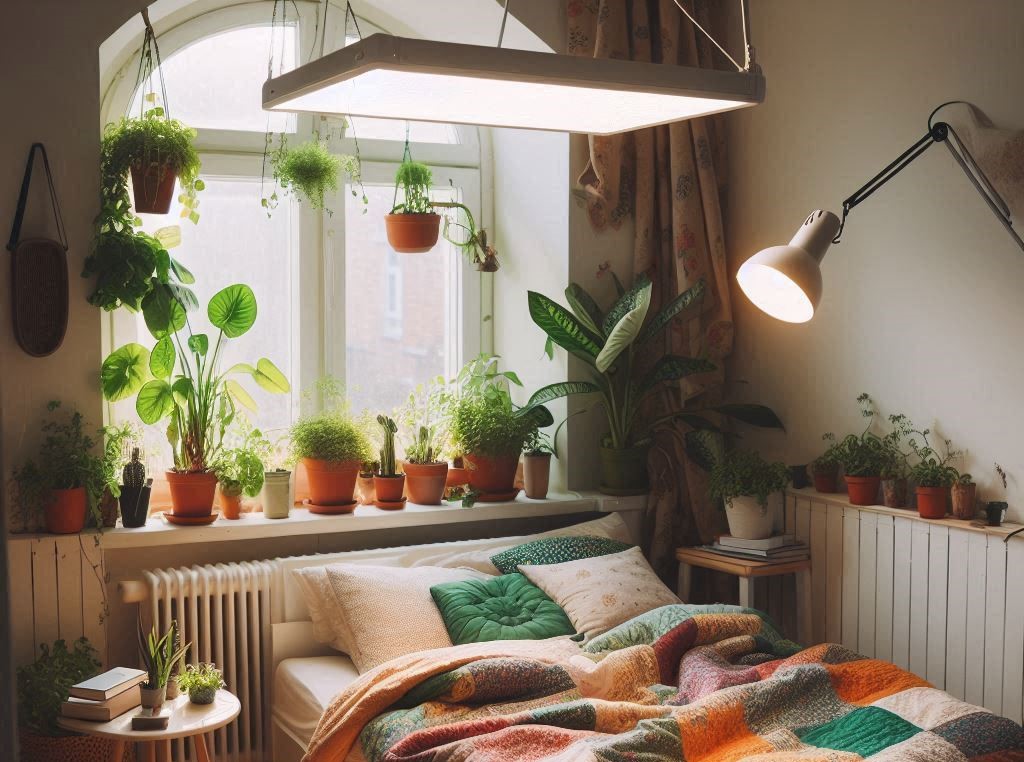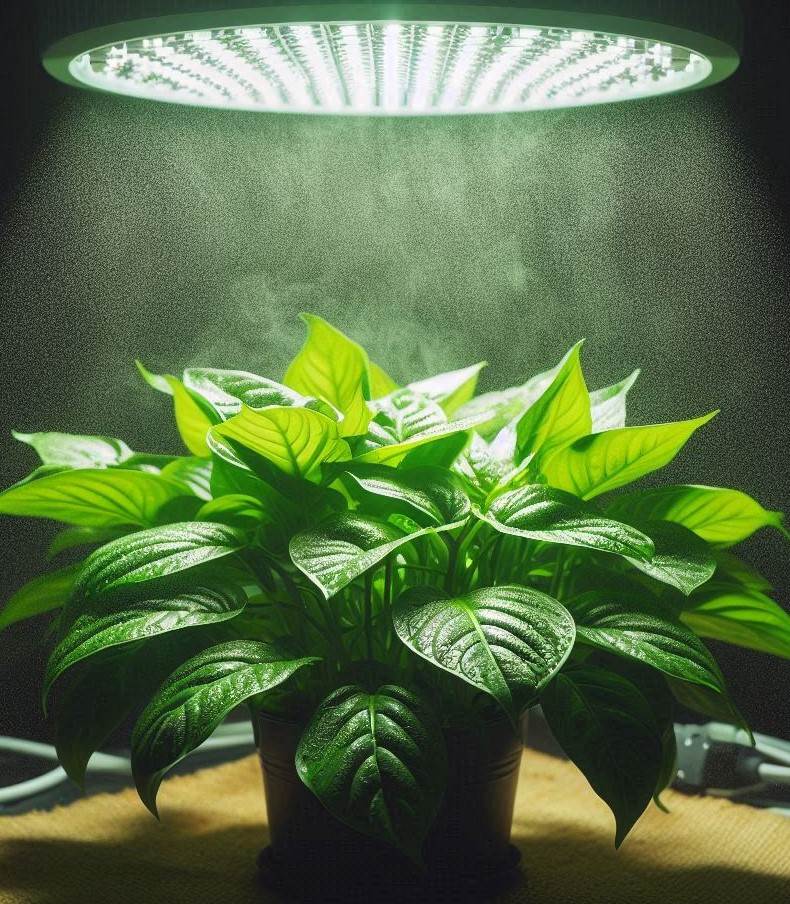
The popularity of indoor gardening has grown in recent years, and knowing the ins and outs of grow lights is crucial for thriving plants. These artificial lights mimic the sun’s spectrum, essential for photosynthesis, which allows plants to make their food. Different types of grow lights offer varying benefits, so picking the right one can be a game-changer.
Choosing between LED, fluorescent, and incandescent lights isn’t just about energy efficiency. Each type offers a unique light spectrum and heat output. LEDs are popular for their energy efficiency and long lifespan, giving off less heat which is ideal to prevent leaf burn. Fluorescent lights provide a broad spectrum and work well for seedlings and plants that aren’t too fussy about light. Incandescent lights are usually less preferred due to their higher heat and lower efficiency.
The difference between a standard light bulb and a grow light lies in the spectrum and intensity. Regular bulbs typically don’t offer the right wavelengths of light needed for plant growth. Grow lights, on the other hand, are designed to cover the spectrum plants need, ensuring they grow strong and healthy indoors.
People often think any light will do the trick for plants, but this misconception can lead to poor plant health. Understanding how plants use light can help you make informed decisions. The light spectrum, which ranges from red to blue, plays a critical role in different stages of plant growth, from leaf development to flowering.
Getting the hang of photosynthesis and the light spectrum might seem like a science lesson, but it’s pretty straightforward. Blue light promotes vegetative growth, while red light encourages flowering and fruiting. A mix of both usually yields the best results, helping your indoor garden flourish.
Selecting the Best Light for Optimal Indoor Plant Growth

Deciding on the best light setup for your indoor plants can feel a little overwhelming at first. It’s important to match the type of grow light with the specific needs of your plants. Leafy greens or herbs tend to thrive under fluorescent lights because these plants generally need cooler light. If you’re growing something more exotic or plants known for their vibrant flowers, LEDs might be your best choice because of their customizable spectrums.
Many wonder if regular LED bulbs can double as grow lights. While technically you could use them, they might not be as effective in promoting growth due to their limited spectrum output. Grow lights are specifically built to emit the full spectrum of light necessary for photosynthesis, so investing in them pays off with healthier and faster-growing plants.
When setting up your lighting, don’t forget about light intensity and distribution. It’s not just about having a bright light but also ensuring it covers all areas of your plants evenly. The number of lumens and wattage indicate the light’s intensity, while the coverage area depends on how high or low you hang the light.
Determining whether any light bulb could work is a valid question. In a pinch, any bulb is better than nothing, but for optimal growth, opting for a bulb geared toward plant growth is best. These lights come with specialized spectrums tailored to plant development, unlike standard bulbs.
Breaking the myth that all lights are the same reveals the importance of selecting the right grow lights. The proper light intensity supports growth spurts, while the correct spectrum nurtures beautiful, productive plants. This is your chance to set up a thriving indoor garden that’s not just about survival but outright flourishing.
Maximizing Efficiency: Usage and Benefits of Grow Lights

Knowing how long and when to run your grow lights can make a significant difference in plant growth. Typically, indoor plants need about 12 to 16 hours of light per day to imitate natural daylight conditions, but this can vary. Balancing light exposure is key; too little, and your plants may become leggy. Extensive exposure could lead to heat stress, especially if the lights emit too much warmth.
The question of whether to turn grow lights off at night often arises. A regular light and dark cycle is essential for most plants. Just like humans, plants have circadian rhythms that help them rest during dark periods, which is when crucial physiological processes occur. Running lights round-the-clock might seem like a quick growth hack, but it usually stunts plant development over time.
Different light cycles bring varying results. Fluorescent lights are a good choice if you are running lights for longer periods of time because they emit low amounts of heat and consume less energy. LEDs are versatile because they can be designed to produce different colors of light, providing longer daylight for edible plants and shorter cycles for decorative foliage. Tailor your schedule based on plant species and their growth stages.
The idea that more light might speed up growth is tempting but sometimes misleading. Plants indeed react to increased light with faster growth and blooming; however, the balance between light and dark is what contributes to robust, healthy plants with strong root systems. Overexposing plants to light can result in weakened growth patterns and foliage burn, so moderation is paramount.
Using grow lights smartly does more than just boost growth. By accelerating the natural processes in photosynthesis, these lights enable shorter growing periods and sometimes increased yields. This control over the growing environment allows indoor gardeners to cultivate a wider variety of plants throughout the year, making for a rewarding and fruitful gardening experience.
Maintaining Healthy Indoor Plants: Challenges and Solutions

Maintaining the health of your indoor garden demands attention to detail, particularly when using grow lights. Observing your plants regularly for signs of too much or too little light is crucial. Pale or yellowing leaves often suggest inadequate lighting, whereas leaves with brown tips might indicate too much exposure.
Balancing artificial and natural light plays a significant role. Not all plants require the same amount of light, so positioning some closer to windows for natural light while supplementing with grow lights can yield impressive results. Understanding each plant’s specific lighting needs is half the battle won.
Creating an appropriate environment isn’t just about lighting; temperature and humidity levels are just as vital. Excessive heat from some types of lights can dry out plants, impacting their growth. Ensuring air circulation and the right humidity levels helps in mimicking outdoor conditions, essential for plant vitality.
Navigating the potential risks of too much light means having a keen eye on the growth patterns and leaf coloration of your plants. If the leaves appear singed or the plant droops during light exposure, it might be a sign to scale back. Adjusting the distance between the lights and the plants can help mitigate these issues.
Troubleshooting lighting problems involves trial and error. Shifting your lights’ position, altering light duration, and monitoring plants before making further adjustments are parts of the process. Success comes by adapting based on your observations, creating the optimal environment for your garden.
By being proactive and responsive to the signals your plants give, you can maintain a thriving indoor garden. A thoughtful approach to using grow lights can significantly enhance plant growth, offering continuous satisfaction and possibly more bountiful yields.

Indoor gardening not only beautifies our spaces but also has a significant impact on mental health! 🌱 The process of nurturing plants can be incredibly therapeutic, reducing stress and providing a sense of accomplishment. Using grow lights to ensure healthy plants enhances this experience even more. Have you found that tending to your indoor garden helps improve your mood?
Rick, I have absolutely found that my indoor gardens improve my mood. When I’m there, it feels the same as if I am surrounded by nature itself. And actually, I am. Thank you for your comments and good look on your own indoor garden.